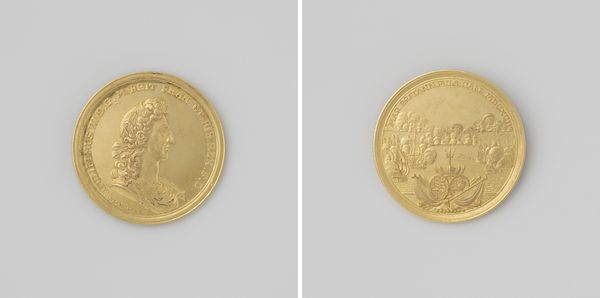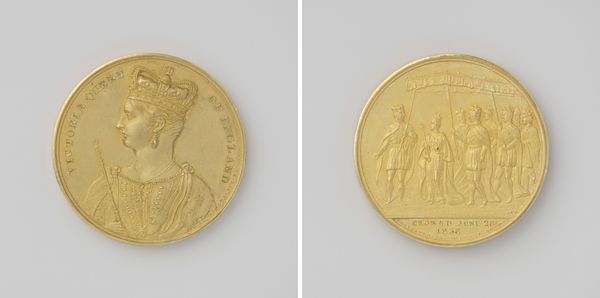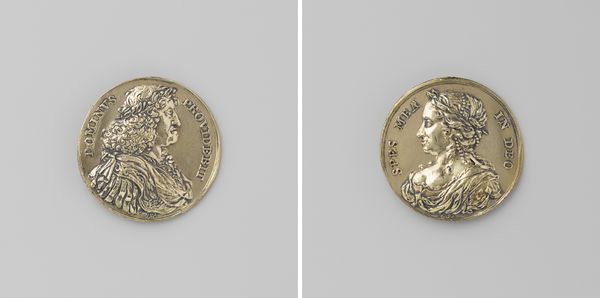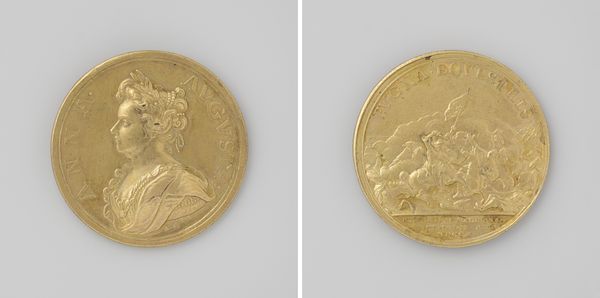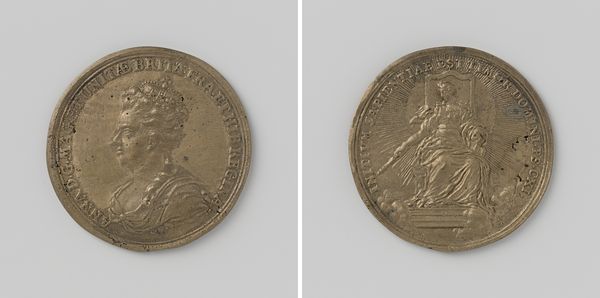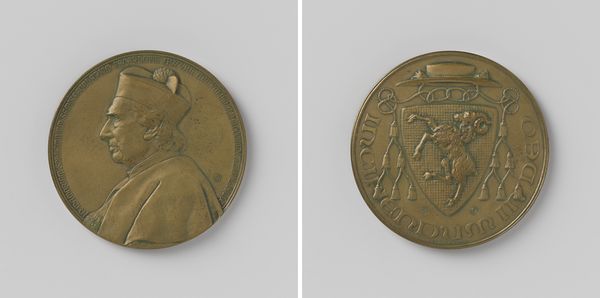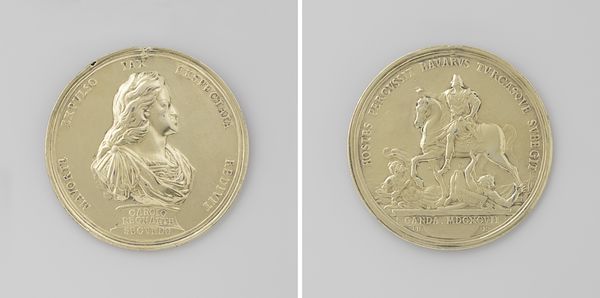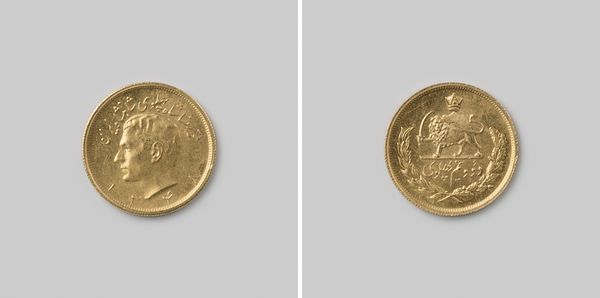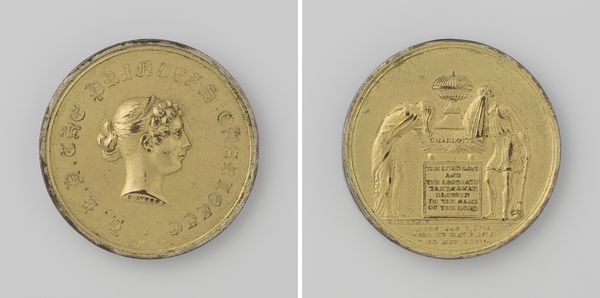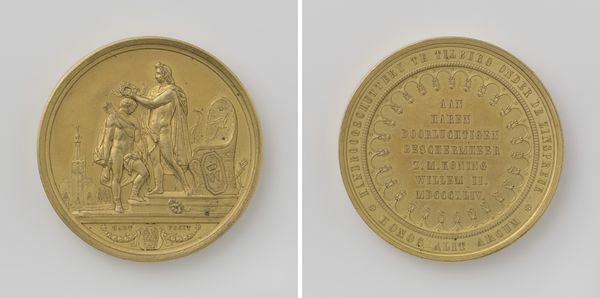
bronze, sculpture
#
portrait
#
medal
#
bronze
#
sculpture
#
history-painting
#
miniature
#
rococo
Dimensions: diameter 4.4 cm, weight 60.13 gr
Copyright: Rijks Museum: Open Domain
This gold medal of Anne of Hanover, Princess of Orange-Nassau, was made by Nicolaas van Swinderen. It presents the princess in profile and bears her coat of arms. The medal testifies to the importance of dynastic power and inheritance in the 18th century. Anne was the eldest daughter of King George II of Great Britain, underscoring the intertwining of British and Dutch royal houses during this time. In the 1700s, portrait medals were often commissioned by the sitters themselves or by institutions as official commemorations, marking significant events or simply celebrating status. The visual codes of royalty are evident, but this is not just a portrait, it is a potent symbol of political alliances and aspirations. Historians scrutinize such objects alongside state papers and personal correspondence. The meaning of art is always contingent on the social and institutional context in which it was made.
Comments
rijksmuseum about 2 years ago
⋮
Most coins have a side with a portrait, usually of a ruler. In addition, portrait medals have also always been made, primarily to honour, commemorate, or glorify an important event or person. They were often intended for a general public. Some were destined to be family heirlooms. In any case, the medallists tried to make the likenesses as realistic as possible. That is why they are considered a separate genre.
Join the conversation
Join millions of artists and users on Artera today and experience the ultimate creative platform.
